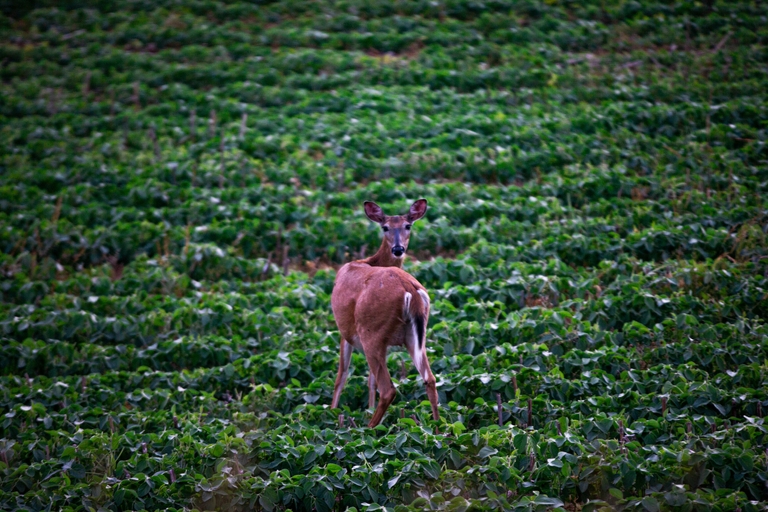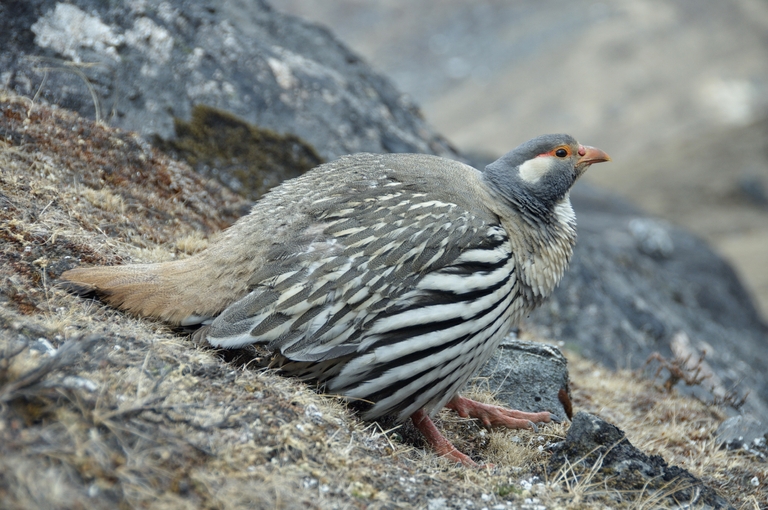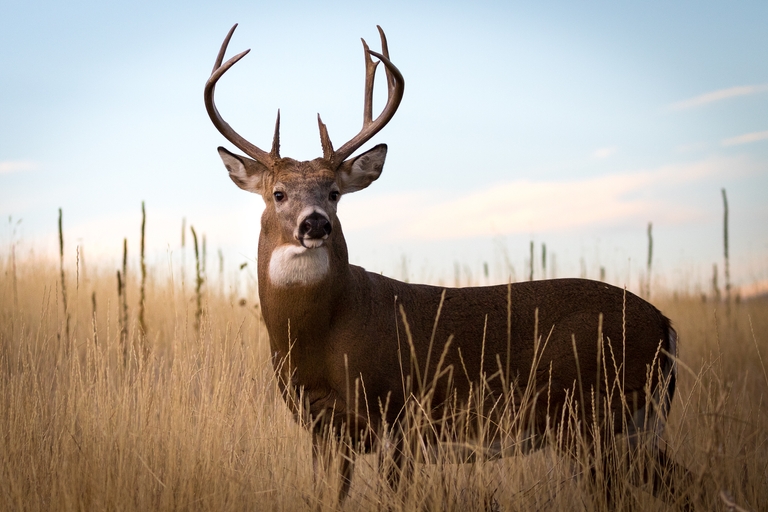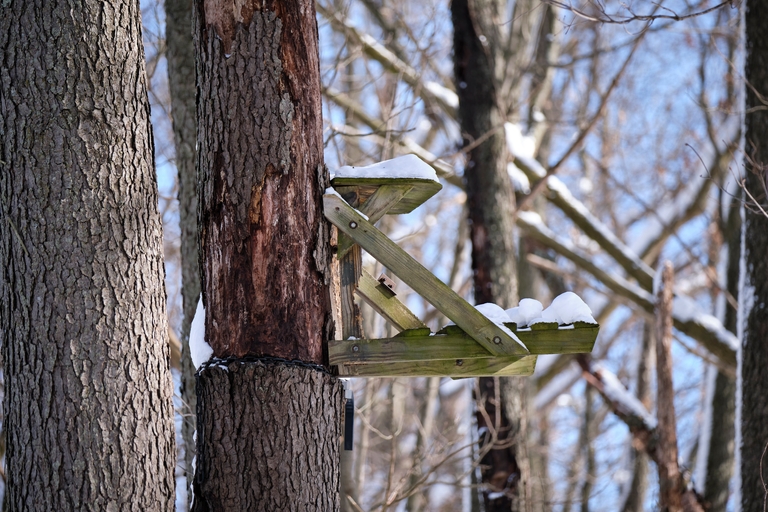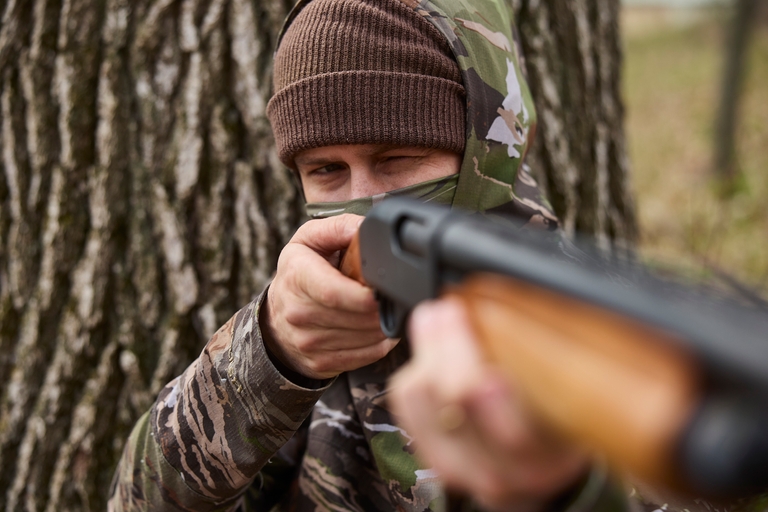Can (or Should) You Use a Glock for Hunting?

Choosing the right firearm is step one in a successful and ethical hunt. The compact, reliable Glock is a favorite for some hunters, but does it work well?
While many hunters traditionally rely on rifles, handguns like the Glock have gained popularity for certain types of game and environments.
I just wrapped up a hog hunt with dogs in Florida using a Glock 20. It's a versatile and capable firearm that works great at close range. Let's talk about how the hunt went and what we can learn from it.

Legal Considerations for Hunting with a Glock
Know your region's regulations before you hunt with a Glock. Most regions have rules on which firearms and calibers are allowed by law. Check with your local wildlife agency to see whether hunting with a Glock is permitted and which species you can hunt with this firearm.
I carried a 10mm Glock during my recent hog hunt in North Florida. Unlike the more common 9mm, this caliber offers better stopping power. In my home state of Florida, hunting with handguns is permitted for certain types of game, making the Glock 20 a good choice for wild hogs.
Caliber and Power
The right caliber makes a difference.
Glocks come in 9mm, .40 S&W, .45 ACP, and 10mm. For hunting medium-sized game like hogs, 10mm is an ideal round due to its stopping power and effectiveness. Full-sized Glocks are capable of an ethical kill with the right ammunition.
On my hog hunt, I used hollow-point rounds that expand on impact and increase the likelihood of a quick, humane kill. Although 10mm provides enough power, precise shot placement is critical, especially when hunting with dogs.
Range and Accuracy
Handguns like the Glock 20 have a much shorter effective range than rifles. Shots typically need to be within 50 yards or less for accuracy. Often, much less.
Aftermarket sights can make aiming easier, but my pistol has standard sights that are useful for the up-close shots I take.
Hunting with bay and catch dogs makes up-close shots likely. As the dogs corralled the hog, I carefully dispatched it with my Glock. The hunt relied heavily on patience, GPS tracking, and effective teamwork with the dogs to ensure a clean shot.
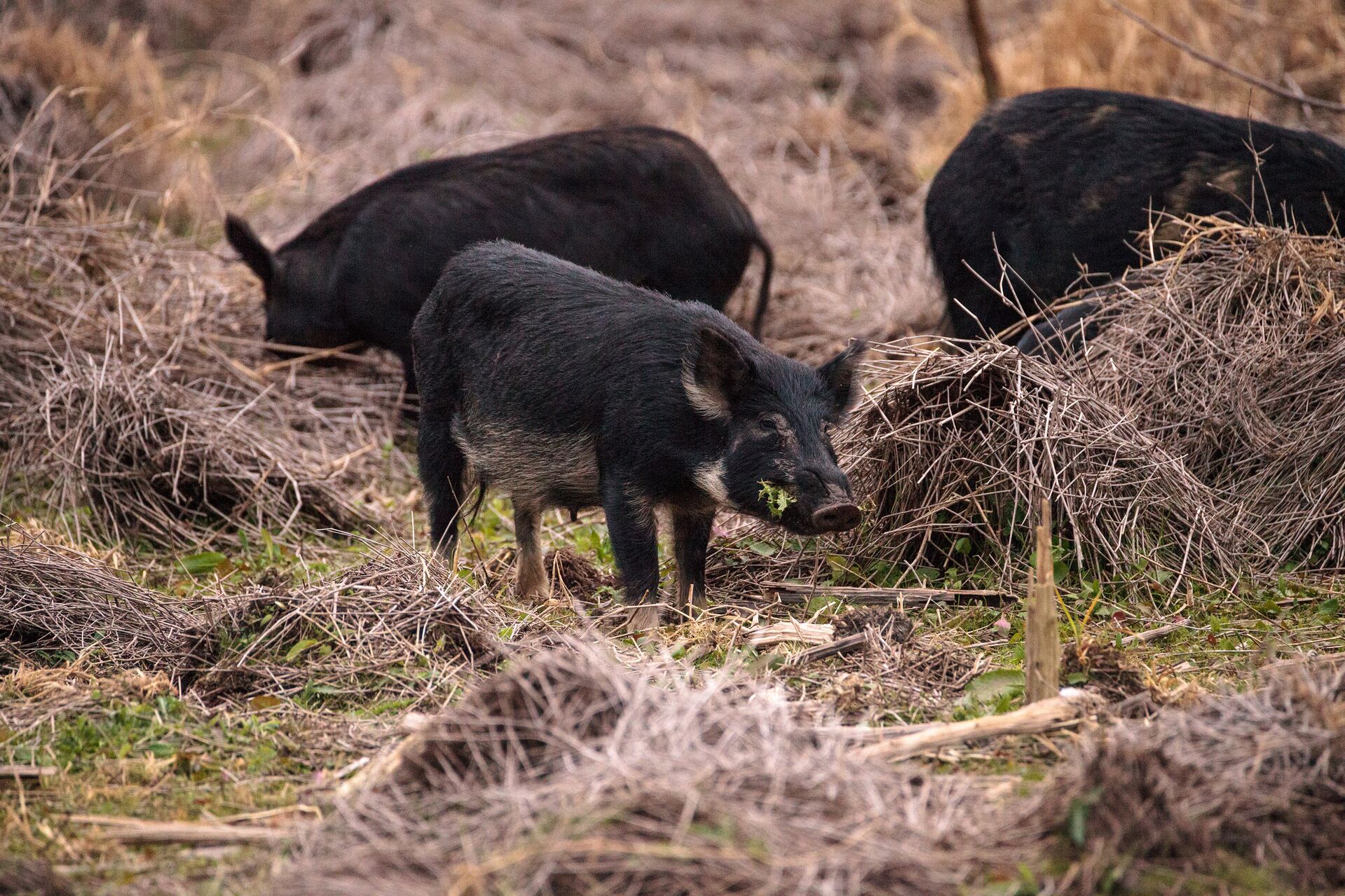
Hunting Conditions and Game Type
Glocks are well-suited for dense, brushy areas. The 10mm round is ideal for species like hogs, which often inhabit thickets and swamps.
I worked with bay and catch dogs, which allowed me to get effective shots on the destructive feral hogs at near point-blank ranges, but the guns are very accurate at 25-50 yards if you are allowed to hunt game like deer or predators.
Using catch dogs made this hunt unique. These dogs caught the hog and held it in place, giving me a clear shot. The handgun was perfect for maneuvering in the brush without getting snagged on branches or vines.
Practical Considerations
Glocks are lightweight and easy to carry compared to rifles — perfect for hunters who need to move all day. The light weight is the main reason I carried one instead of a full metal framed gun or heavier revolver.
For hog hunting, you'll need the stopping power and manageable recoil of a full-sized gun shooting heavy rounds for medium game. A pistol shines in situations where quick, close-range shots are likely.
While hollow-point rounds worked well for me, hunters should always consider the animal in question and choose ammunition accordingly. Rounded softpoints might be a better choice at long ranges.

Ammo and Performance
The correct ammunition allows you to make a quick and ethical kill. The hollow-point rounds I used expand upon impact, delivering more energy to the target and increasing the chance of a humane shot. Full metal jacket (FMJ) rounds are better suited for target practice, so leave those in the range bag.
The right ammo helped me successfully harvest a hog without difficulty, but familiarity is a big part of that. You should always be familiar with your weapon and its ammunition limitations.
Safety and Handling
Finally, safety is always a priority. That's true when hunting with any firearm. With my Glock, I chose a reliable holster with a thumb break that allowed me quick access but kept the gun secure.
Glocks have a unique trigger safety that requires familiarization to handle confidently and safely. It's not difficult to become familiar with, but you do need to practice some to become ready for the adrenaline-filled moments during a hunt.
Practicing with safety mechanisms ahead of time is a core part of hunting safely and being an effective hunter.
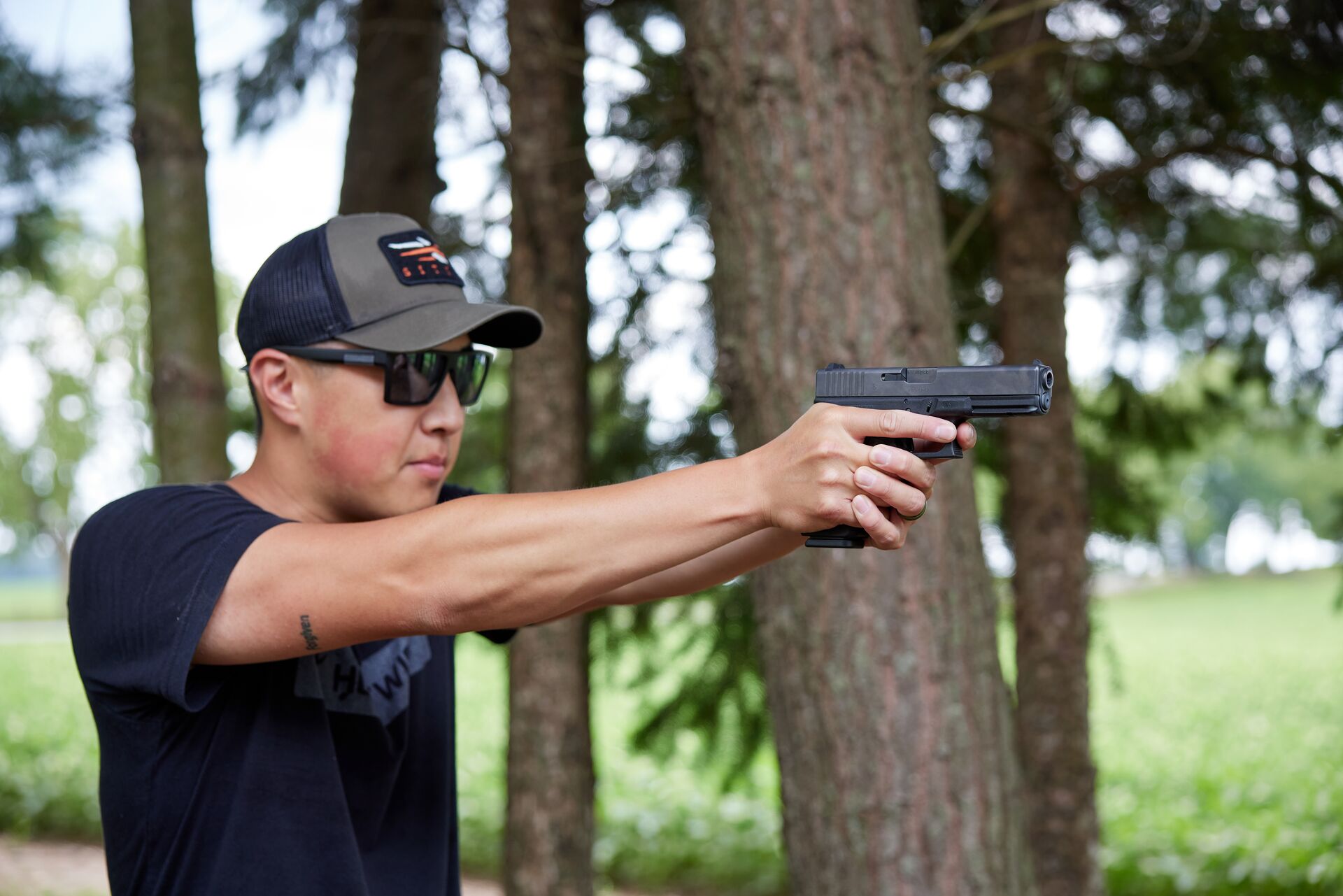
Use a Glock to Hunt in the Right Situations
A handgun is a great tool for hunting certain game types, particularly in close-range scenarios like hog hunts. The compact size, reliability, and firepower of a Glock make it versatile and practical — when combined with the right ammo.
Be sure to know your local laws before hunting with your handgun. Take the time to practice, plan your shot placement, and always prioritize safety.
If you want to learn more about hunting safely with firearms or improve your overall hunting skills and safety practices, look at a hunter safety course through Hunter-Ed. Our online, interactive courses give you the knowledge you need to hunt safely, responsibly, and ethically.
Depending on where you hunt, your state may also require you to have a hunter safety certification before getting your license. Let Hunter-Ed help! Choose the course for your state and start learning.

